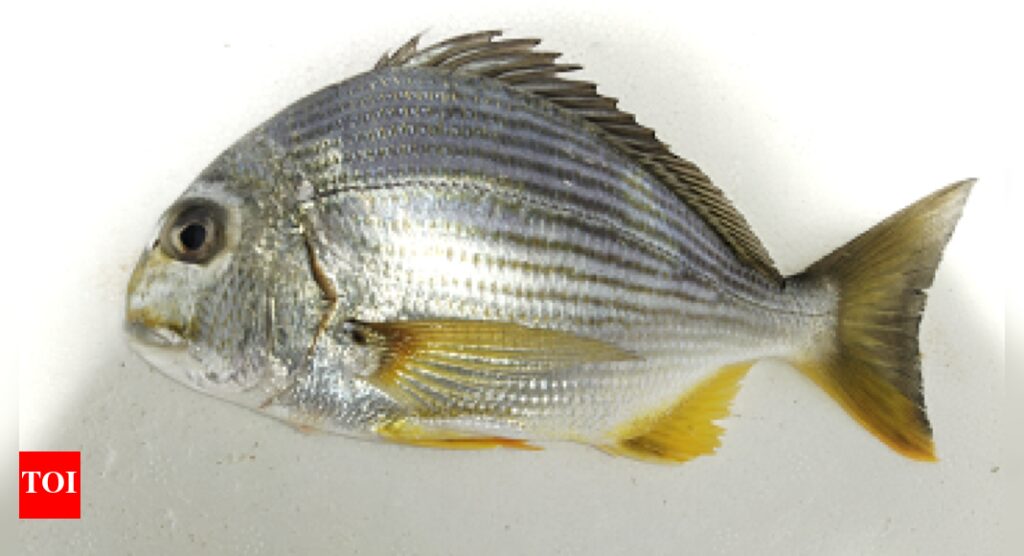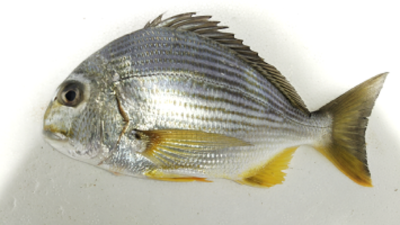ICAR-CIBA Scientists Sequence Goldlined Seabream Genome to Boost Aquaculture Potential in India | Events Movie News

Scientists at the Central Institute of Brackishwater Aquaculture (CIBA) have sequenced the genome of the goldlined seabream (Rhabdosargus sarba) — ‘matti vaayan’ in Tamil — in a step aimed at boosting its commercial aquaculture potential.This marine fish, known for its premium white meat priced between `500 per kg and `600 per kg, is in high demand in domestic markets but is not yet commercially farmed.“This fish is mostly captured from the wild. But we have now standardised the breeding protocols in hatchery conditions. The next step is to use this genomic data for selective breeding programmes, broodstock management, and in enhancing growth, reproduction, and metabolic efficiency,” says lead researcher M Shashi Shekhar, head of CIBA’s aquatic animal health and environment division.Though it takes nearly three years for the fish to mature in the wild, it can reach a marketable size of 500g within six to eight months in aquaculture systems.ICAR-CIBA director Kuldeep K Lal says the genome sequencing would help researchers provide insights into the fish’s growth, reproduction and metabolism.The goldlined seabream, native to Indian coastal waters, is widely distributed across the Indo-Pacific, from the Indian Ocean and South China Sea to Japan and Australia. It is also a euryhaline species, which means it can adapt to varying salinities, making it ideal for brackishwater aquaculture.“While the fish species has not yet entered the export market and is mainly consumed domestically, it has great aquaculture potential. The genome information helps us move closer to farming it commercially,” says Lal.At present, the fish is harvested from the wild during its breeding season in Nov and Dec. “We simulate the same salinity and environmental conditions in our hatchery. Once we get the larva, we design specific feeds that can be supplied to farmers,” says Shekhar.The sequencing revealed about 26,900 protein-coding genes. “Understanding the fish at the molecular level helps us improve traits like growth and disease resistance,” he says. The sequencing was done by isolating the DNA from a fish specimen and sequencing it using standard platforms.CIBA has earlier sequenced the genomes of Penaeus indicus (Indian white shrimp), grey mullet, red snapper, and Karimeen (pearl spot).







